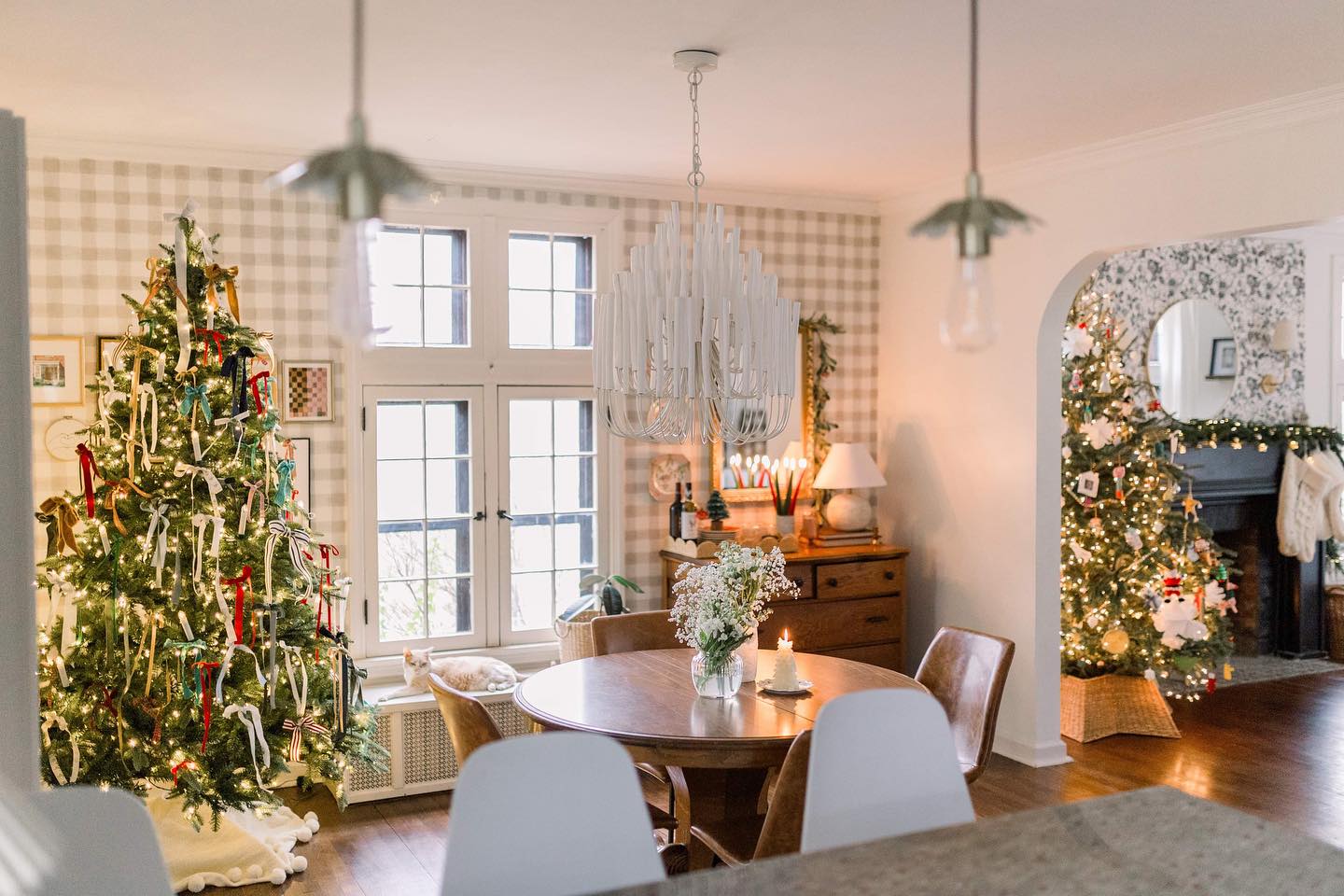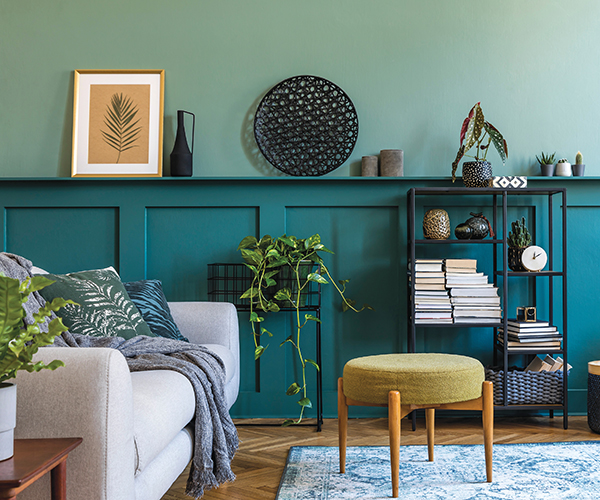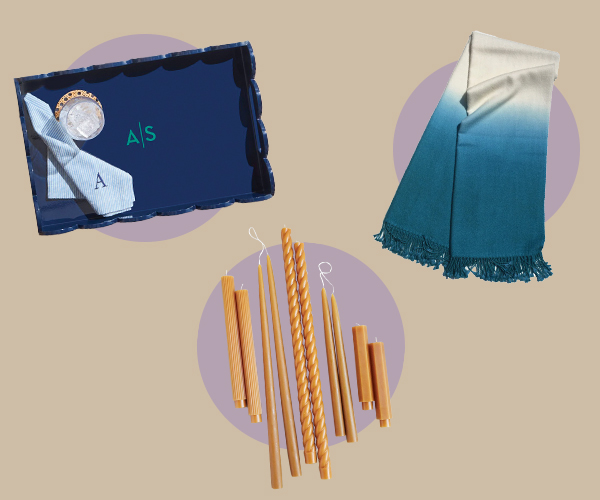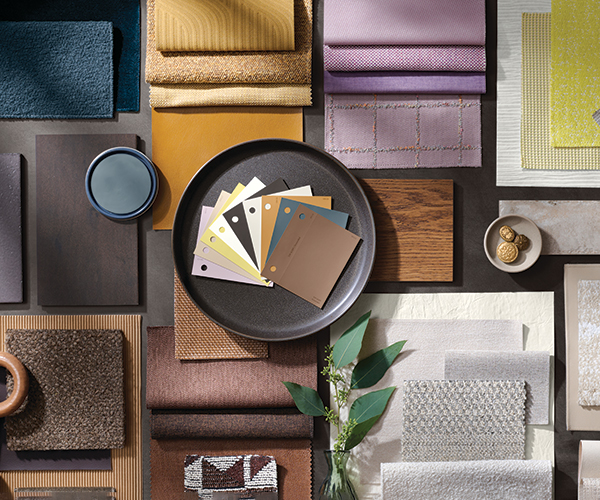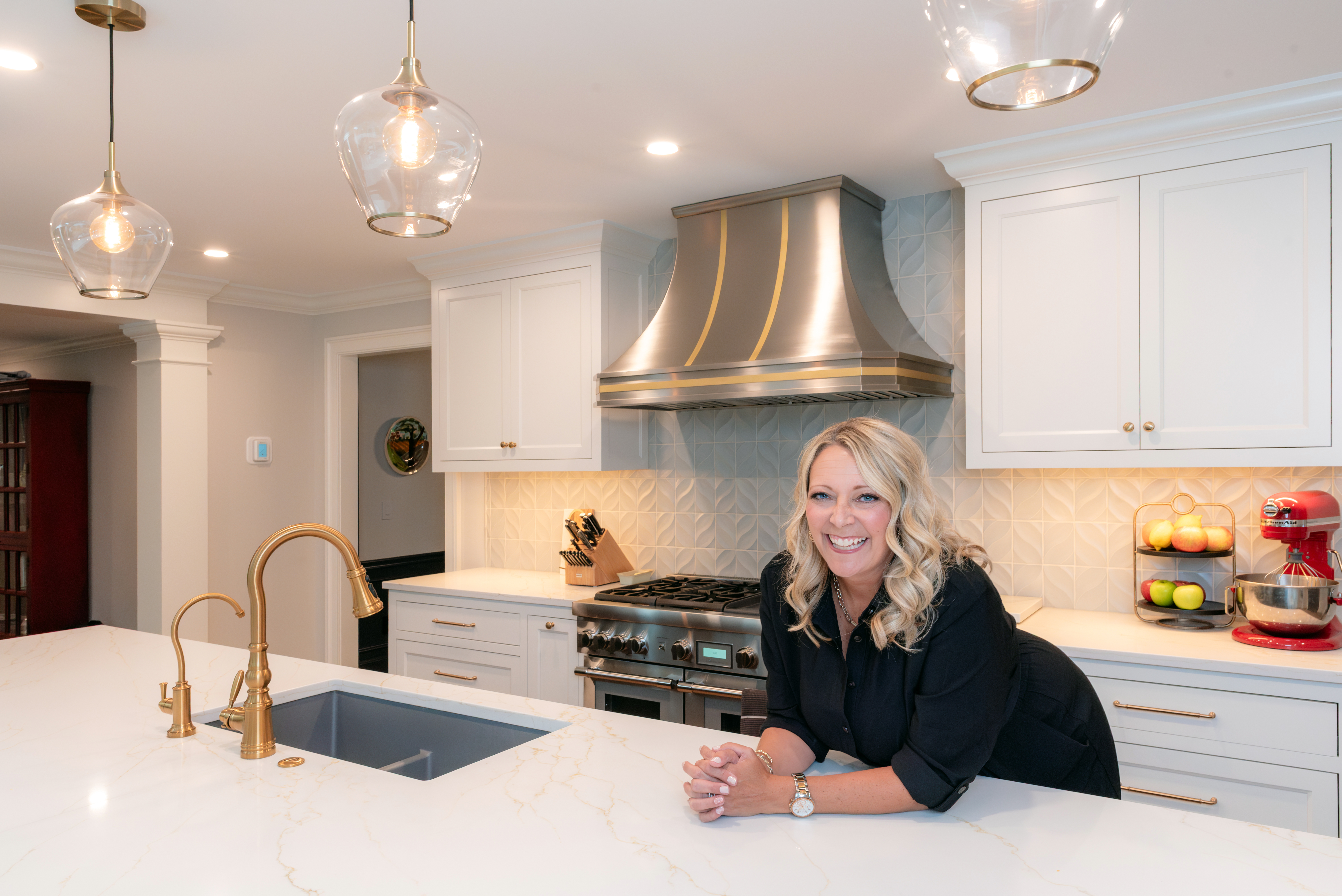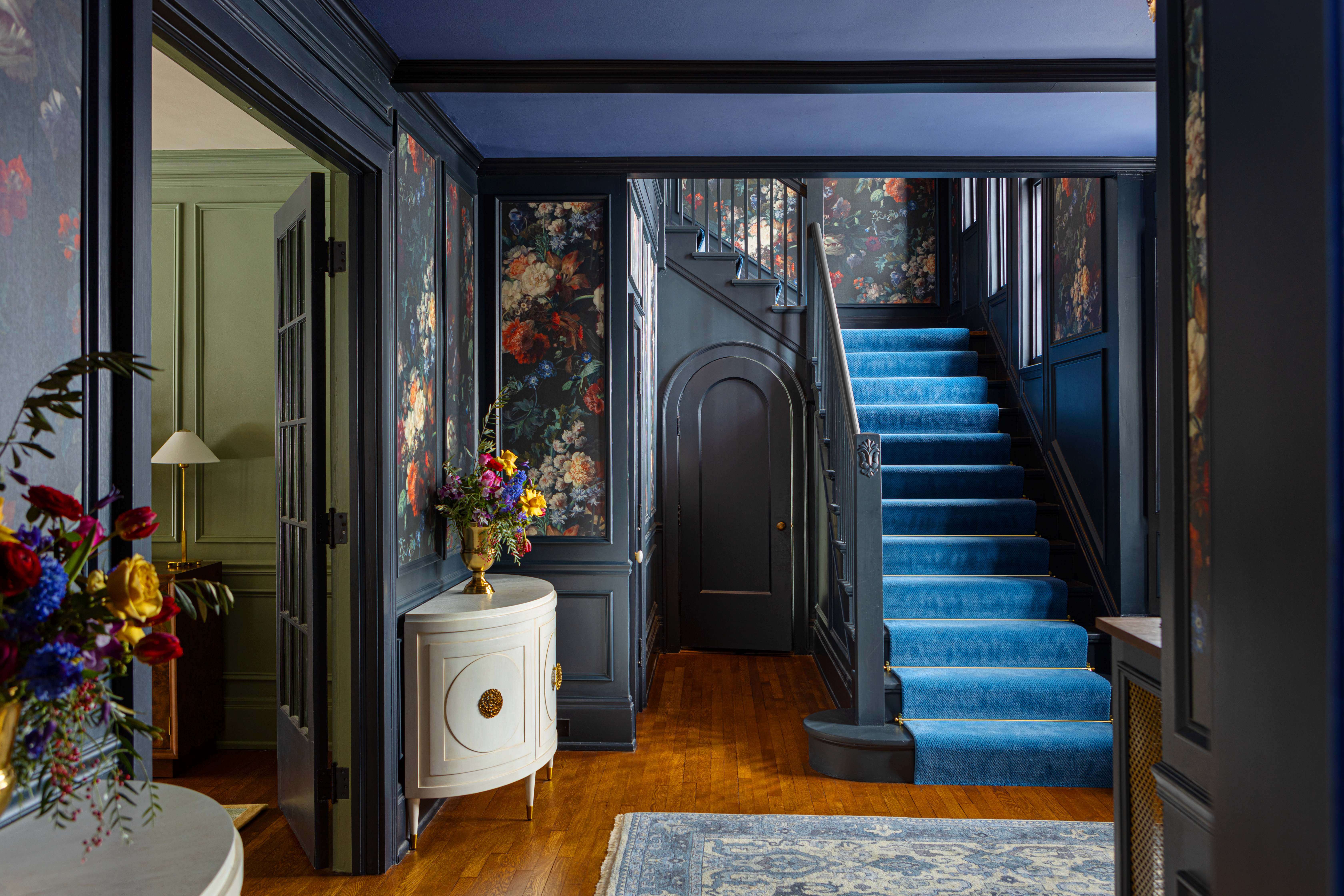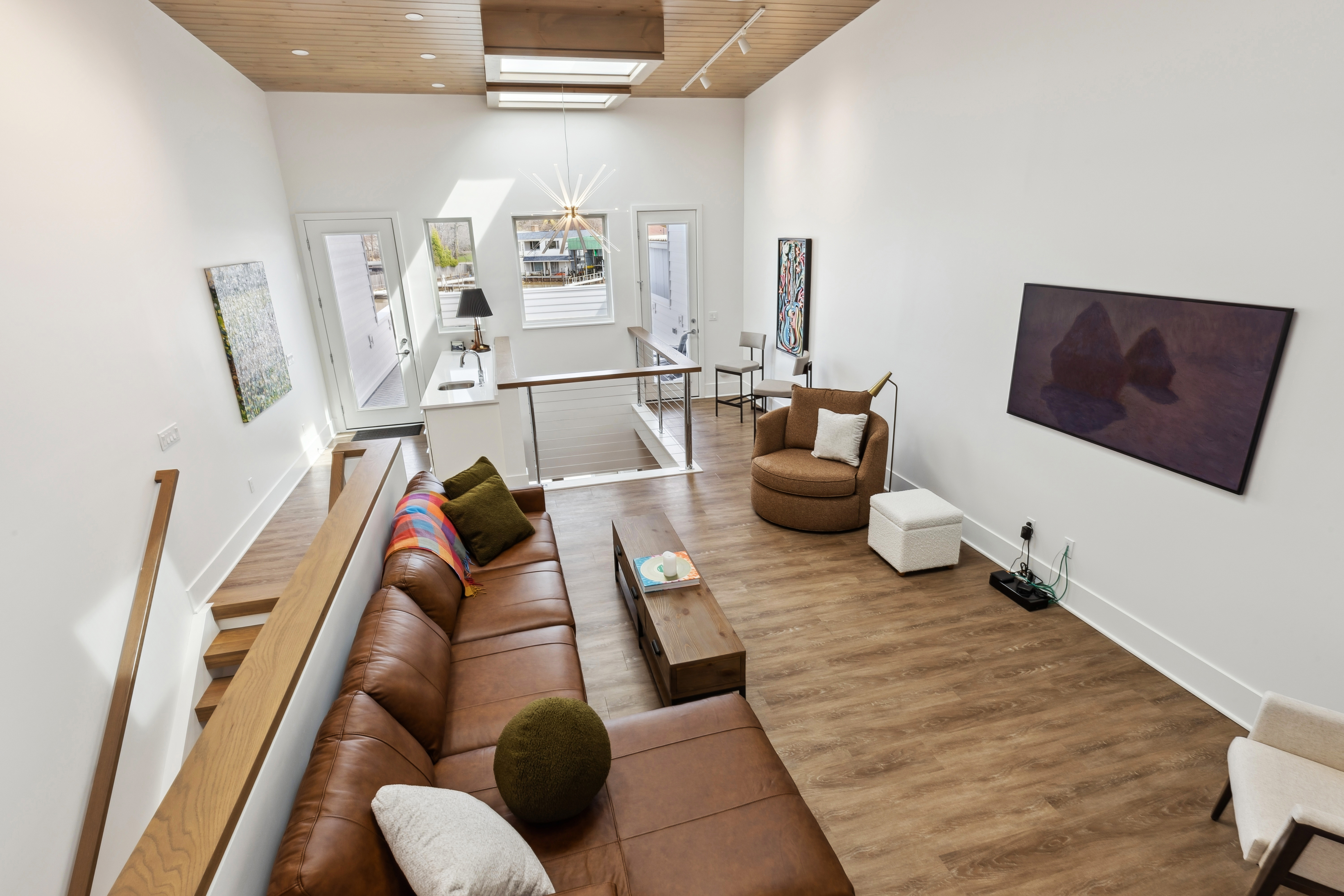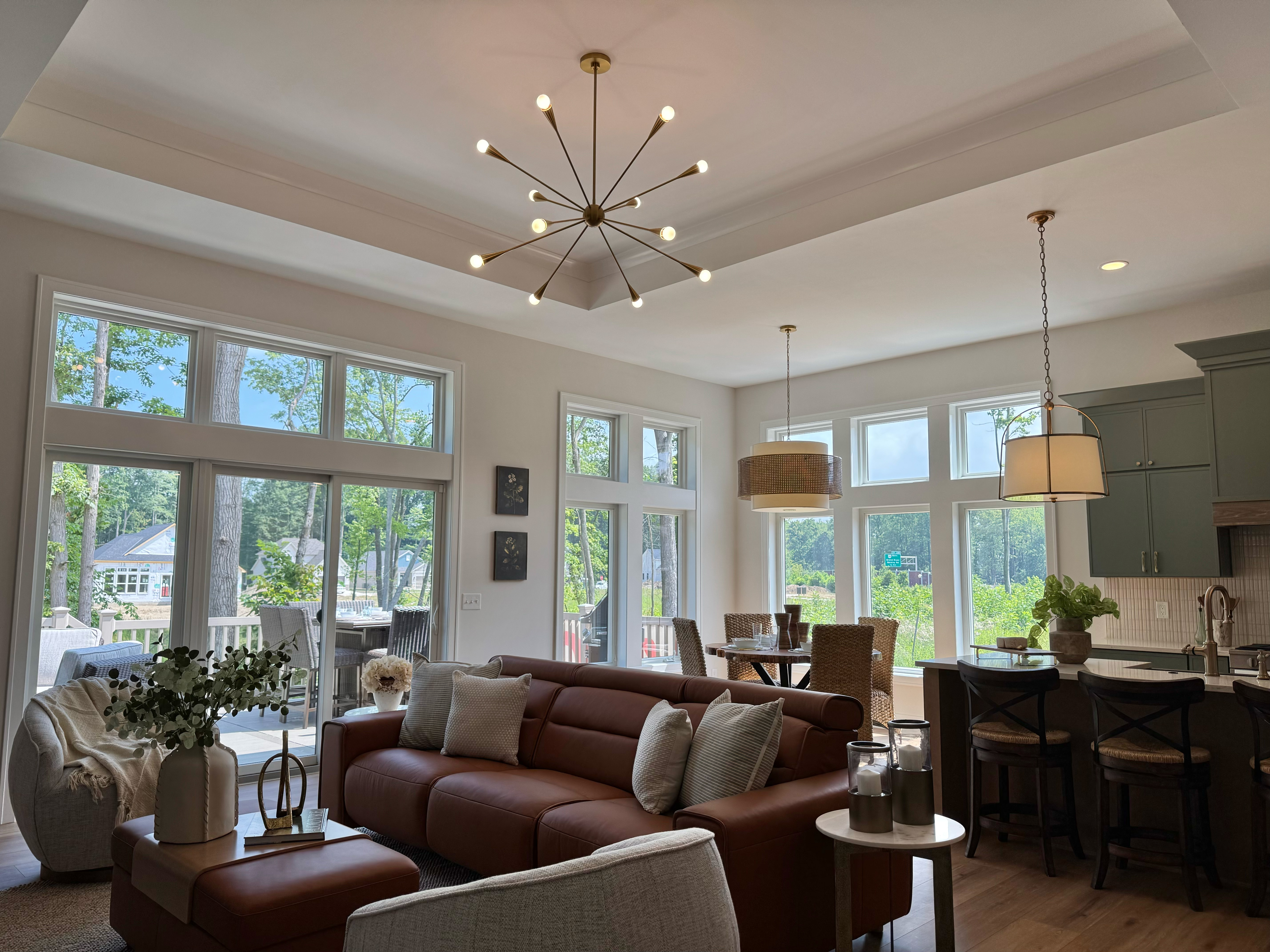In-Demand Interior Styles for Cleveland Homes
by Kristen Hampshire | Jan. 9, 2024 | 8:00 PM

Whether a color spruce up or an all-in remodeling project, a new year brings fresh inspiration for interior change. From Euro-shaker cabinets to designer laundry rooms to more wood, more color and more warmth, we’re honing in on the in-demand projects on designers’ dockets for 2024.
WHERE TO BEGIN?
“We like to help clients think over the long haul — not just what they want in their home now but also into the future and how their needs will evolve as their family grows and changes,” says Dan Hurst, owner and COO at Hurst Design Build Remodel in Westlake. “Then, we can create a master plan and prioritize where to focus first.”
During the pandemic, John Hall at The Hall Design Group in Chagrin Falls was fielding many requests for whole-house remodels, and now he notices that clients are more focused on specific spaces. Here’s a look at six, plus four more ways to update what’s inside.
ELEVATING LAUNDRY
Sometimes, the space is a carve-out by way of borrowing room from a garage bay, closet or breezeway. In other situations, the first-floor laundry-mudroom exists but it’s rudimentary. And for anyone who’s schlepping down to the basement to run a load of whites, the struggle is real. This is why a mudroom/laundry space is in demand and among the most sought-after renovations homeowners are seeking.
“Every situation is different, and it’s about recognizing the need and trying to find the most feasible solution,” Hurst says, noting that for years, builders neglected this important “drop spot” space when it’s an important part of how we live. “Where do you put your shoes on? Is there a place to sit down? Where do the backpacks go?” Hurst relates.
Luxury laundry spaces include tongue-and-groove paneling on walls, custom shelving with pull-out hampers, and specific storage for vacuums and brooms, Hall says. “My clients are also going all in and putting in apron-front or farmhouse sinks in the laundry area. And some request a combination craft area for supplies and a gift-wrapping station.”
Overall, the laundry room is held to a much higher standard. “People are not just saying, ‘Can you give me a place to put the washer and dryer?’” Hall relates. “They want the designer laundry room.”
IN THE KITCHEN
Two-toned cabinetry with painted wood in blues and greens for accent spaces are hallmarks of a warmer era for the kitchen. “White uppers and green base cabinets, white and navy — the two-toned look is definitely happening, and we are seeing this in bathrooms, too,” says Beth Orr, vice president at Dover Home Remodelers in North Olmsted. “We’re finally moving away from white-on-white and seeing some uniqueness that is more bold.”
Warmer colors and wood tones are coming back online, Hurst agrees. “It’s that balance of using warmer tones but letting the wood material shine,” he says.
In homes that never went white, Ken Perrin at Artistic Renovations in North Royalton says owners are sticking with the wood of a different ilk in kitchens. He is swapping golden oak cabinets for mid-tone cherry. “They still want the warm colors because the rest of the house is oak and they don’t want to change everything,” he says.
Pantries are important. “We are doing large built-ins and walk-in pantry rooms with a separate sink, storage and countertop,” says Robert Schwarz of R.B. Schwarz in Chesterland.
Customizing the insides of cabinetry for smart storage is also a priority for the epicurean and everyday household that wants to control clutter. “We’re putting in larger drawers for pots and cabinets with pull-out shelves — and for chefs and home cooks, frameless cabinets contain all-steel baskets that pull out for supplies,” Schwarz says.
Perrin describes the closet-style pantry of yesteryear that is getting gutted for a more elevated walk-in space that flows from the kitchen with the same cabinetry colors. “We might install a sliding barn door or swing doors if clients want to close off the space,” he says.
Plus, sinks are more than a place to wash dishes and become workstations with accessories like a cutting board, roll-up dish rack, utensil holder and drying mat. “Manufacturers are transforming sinks — it’s evolving,” Schwarz says.
Hall is excited about a sleek new shaker door style with rails that are one-half inch wide rather than the typical 2.5 to 3 inches. “It gives the door a clean, European cut,” he says, adding that the middle recesses back only one-sixteenth of an inch versus the usual one-fourth inch. “We can make all of these little tweaks with the door style to achieve a soft contemporary or modern farmhouse look,” he says.
As for the farmhouse, Hall is incorporating different features than we saw with the previous all-white approach, such as live edges on countertops and shelving, ship-lapping bar area backsplashes and going rustic with flooring to juxtapose white finishes.
SURFACE ISSUES
While granite and engineered quartz are primary choices for countertops, there’s a move toward other natural stone — quartzite and soapstone, says Carol Payto at Mont Surfaces in Solon. “Soapstone is a durable material,” she says, pointing to a surface commonly used atop chemistry lab tables.
While engineered quartz is still a go-to for the all-white kitchen, as we move into warmer colors and wood, colors and patterns for countertops are also evolving. For instance, veining is trending toward golds, greens and taupes — “more of a biophilic feel,” Payto describes. Indeed, there is a move away from white and gray.
And while marble isn’t for every household — especially those with busy kitchens and kids — the elegant yet more porous material is “aesthetically magnificent” and Payto is seeing a push toward green veining.
For accent surfaces or backsplashes, porcelain stones placed into resin like a vibrant puzzle is “more luxurious and expensive than your standard,” yet makes an eye-popping statement.
LEVERAGING THE LOWER LEVEL
Drop the idea of “basement” and shift to a “lower level” mindset. In some homes, there’s an entire unscripted floor plan to fulfill recreational needs, work-life, entertainment, exercise and even a guest bed and bath. “Every family has different needs,” Hurst says. He has installed golf simulators, theater rooms and bars, of course.
High-end basement projects Hall is working on include those with glassed-in children’s play spaces, workout rooms and wine rooms that are also glassed in and serve as storage for collectors and a sophisticated visual statement.
Inventive LED lighting strips transform dank to airy, as does incorporating glass instead of drywall to define spaces in a basement, Hall says. On one project, he “walled off” a basement bathroom with frosted glass that offers privacy while welcoming in light from the rest of the lower level.
Designer acoustical tile also creates the feeling of a lower level vs. basement. Essentially, homeowners are considering how they can fully utilize a subterranean space that falls within the home’s existing footprint.
ADDING ON AND TRADING SPACES
With higher real estate prices and interest rates compared to years past, more homeowners are choosing to build additions rather than upsize, Perrin says. Projects in older homes often include extending the second floor over a garage and creating an owner’s suite. “We take the existing footprint and expand it,” he says, pointing to this solution for small lot sizes.
“We might make a ranch into a two-story home, turn a formal living room into a first-floor master and expand the kitchen with a hearth room and space for a big table,” Perrin describes of how clients are repurposing spaces. Another common design solution to open and expand a kitchen: delete the dining room. This makes way for double islands, another trend Perrin notes.
Orr also finds the same project demand from clients with cape cod or bungalow-style homes that have attached garages. Some even choose to convert the existing garage into a mudroom-laundry area, build up for the master suite, and construct a new attached garage instead.
“There is not a lot of adding on kitchens — it seems to be more master suite and the mudroom laundry area,” Orr says.
A BETTER BATHROOM
Barrier-free showers, glass walls, wet rooms incorporating a stylistic tub and generous showers with high-end rain heads are some of the ongoing trends in luxury bathroom upgrades. Designers are creatively borrowing space to enlarge them, such as removing a closet, Schwarz says.
“Especially in older homes, bathrooms get really tired — old subway tile, old plumbing, the old tub-shower,” Schwarz relates. “We are making shower stalls larger, adding benches, and using lots of glass and LED lighting.”
Bathroom remodels have always been an in-
demand project. After all, consider how much time you spend in the bathroom, Hurst points out. “I added it up one time and at the end of the day, you might spend up to two hours a day in the bathroom, so why not make the space as nice as it can be?”
And why not make it easy to care for, too? “Large format tiles mean less grout, and even entire slabs of porcelain as a shower surround makes it easy to clean and beautiful,” Hurst says.
As for ease of maintenance, shower systems that offer seamless lines for a sleek look and simple cleaning are catching on, such as Mont Synthesis, Payto says, describing the true porcelain mechanical shower system that snaps into place. “It’s watertight and panels can be removed for plumbing repairs, if
necessary,” she adds.
For fixtures, chrome dominated the market for years. Then, we moved to satin nickel—and now, a variety of finishes provide options: honey bronze, matte black, rose gold and polished nickel which is a departure from its predecessor.
“Matte black is a neat finish because you can mix it with polished nickel and gold tones,” Hurst points out.
FOUR MORE FOR 2024
HIGH-TECH FIXTURES
Digital shower panels allow you to personalize settings for his and hers, and touchless faucets sense that you’re ready to wash “and you don’t even have to wave your hand in front of it,” Hurst says. Smart fixtures and appliances are controlled by smartphone app.
UPSTAIRS LAUNDRY
Why lug loads to the lower level? That’s what some of Schwarz’s clients are asking. “Second-floor laundries are a big ask,” he says.
THE FIREPLACE
Some are rustic, others grand and some contemporary — but they all offer a cozy warmth and glow. “I have a fireplace I finished where the whole wall looks like the Palace of Versailles, and another with very sleek, modern lines,” Hall says of the range in character.
WOODS ON THE WAY
Hall is steeped in Euro trends and finds styles and materials that eventually cross the pond. He reports, “Walnut is popular in the states now.”
Start your day the best way by signing up for our free daily newsletter. Arriving in your inbox every morning to keep you in the loop on the best guides, home and style tips, and news briefs for all things Cleveland. Click here to subscribe.
Trending
-
1
-
2
-
3
-
4
-
5

